45 lipids on food labels
Genetically modified food - Wikipedia Genetically modified foods are foods produced from organisms that have had changes introduced into their DNA using the methods of genetic engineering as opposed to traditional cross breeding. In the U.S., the Department of Agriculture (USDA) and the Food and Drug Administration (FDA) favor the use of the term genetic engineering over genetic modification as … 6 Foods High in Lipids and Why You Should Avoid - WebMD In fact, a single tablespoon, or 12 grams, can add more than 6 grams of saturated fat to your diet. 2. Poultry Skin. Chicken and turkey are generally quite healthy. However, their skin is not ...
Lipids and the Food Industry - Human Nutrition - University of Hawaiʻi Labeling laws allow foods containing trans fat to be labeled "trans-fat free" if there are fewer than 0.5 grams per serving. This makes it possible to eat too much trans fat when you think you're not eating any at all because it is labeled trans-fat free. Always review the label for trans fat per serving.

Lipids on food labels
Should I check the cholesterol on nutrition labels? Major dietary cholesterol contributors — meat, fish, and chicken — often have no label. Having less than 4-6 oz of those per day and less than 2-4 eggs per week will generally keep your cholesterol reasonable. And that's a smart idea anyhow, to leave room for more artery-friendly fruits, veg, whole grains, beans, nuts, seeds, etc." Glossary of Diabetes Terms - WebMD A person can exchange, trade, or substitute a food serving in one group for another food serving in the same group. The lists put foods into six groups: starch/bread, meat, vegetables, fruit, milk ... Amounts of which types of lipids must be listed on food labels? Answer ... Amounts of which types of lipids must be listed on food labels? Answer monounsaturated fat trans fat cholesterol a and b b and cAmounts of which type of lipids must be listed on the food labels are b and c which is trans fat and cholesterol.
Lipids on food labels. 5.7: Lipids and the Food Industry - Medicine LibreTexts Labeling laws allow foods containing trans fat to be labeled "trans-fat free" if there are fewer than 0.5 grams per serving. This makes it possible to eat too much trans fat when you think you're not eating any at all because it is labeled trans-fat free. Always review the label for trans fat per serving. How to Read the Nutrition Facts Label on Packaged Foods - WebMD Sodium. Many people get far too much salt, or sodium. Most of it is in packaged foods and restaurant items. Limit salt to 2,300 milligrams (about 1 teaspoon) daily. If you have high blood pressure ... Foods with Lipids | List & Benefits - Video & Lesson Transcript - Study.com Brazil nuts are an excellent food source of lipids (unsaturated fat) at 19 grams per ounce. Fried pork skins and bacon-flavored cheese snacks contain high amounts of saturated fats. Food Labels: Fat & Cholesterol | Home & Garden Information Center Food labels contain clues to a food's fat and cholesterol content, including the amount per serving. Compare similar foods and select the one with the smallest amounts of fat and cholesterol. Two important parts of a food label are the "Nutrition Facts" panel, which contains nutrition information, and the ingredients list.
List of Foods That Are High in Lipids | Healthfully Meats, Poultry and Fish. Pork, beef, poultry and poultry skins contain large amounts of lipids. The Cleveland Clinic suggests trimming visible fat from meats or purchasing leaner cuts. (See Reference 2) Some fish, such as salmon, mackerel and trout, are high in fats. Fish and fish oils provide omega-3 fatty acids thought to be necessary for ... Lipids and the Food Industry - Human Nutrition 2e Labeling laws allow foods containing trans fat to be labeled "trans-fat free" if there are fewer than 0.5 grams per serving. This makes it possible to eat too much trans fat when you think you're not eating any at all because it is labeled trans-fat free. Always review the label for trans fat per serving. Fats | Nutrition.gov HHS, Food and Drug Administration, Center for Food Safety and Applied Nutrition Read about monounsaturated and polyunsaturated fats - what they are, where they are found, what they do, and how to use the Nutrition Facts Label to replace saturated fat with mono and polyunsaturated fats. Chapter 2 Flashcards | Quizlet Study with Quizlet and memorize flashcards containing terms like So far, the DRI Committee has published recommendations for the vitamins and minerals, along with those for carbohydrates, fiber, lipids, proteins, water, and energy. a. True b. False, On average, one should try to get 100% of the DRI for every nutrient to ensure an adequate intake over time. a. True b. False, Nutrient contents ...
How to Find Lipids on Food Labels | Healthy Living How to Find Lipids on Food Labels by Sandi Busch Updated September 30, 2017 The nutrition facts panel describes the amount of total fat, or lipids, and the types of fats you'll get from one... Chemicals Used as Food Preservatives - VEDANTU Another common chemical preservative that we will commonly come across on food packet labels is sorbic acid. All of these chemical preservatives either inhibit the activity of microbes such as bacteria or destroy them. Chemical preservatives boost food product usage to a substantial level. Examples of preservatives used in food 5.8: Lipids and the Food Industry - Medicine LibreTexts Hydrogenation poses a solution that food manufacturers prefer. When lipids are subjected to hydrogenation, the molecular structure of the fat is altered. Hydrogenation is the process of adding hydrogen to unsaturated fatty-acid chains, so that the hydrogen atoms are connected to the points of saturation and results in a more saturated fatty acid. Nutrition Facts: What are Lipids? - UniversalClass.com Lipids are fats, and they provide the body with nine calories per gram, making them the most energy rich component of food. Lipids are different from carbohydrates and proteins because they do not dissolve in water. Fat has received a very bad reputation over the last few decades, but a certain amount of fat is essential for healthy body functions.
How to Understand and Use the Nutrition Facts Label | FDA - U.S. Food ... You can use the label to support your personal dietary needs - look for foods that contain more of the nutrients you want to get more of and less of the nutrients you may want to limit. Nutrients...
Fat - Wikipedia The most common type of fat, in human diet and most living beings, is a triglyceride, an ester of the triple alcohol glycerol H(–CHOH–) 3 H and three fatty acids. The molecule of a triglyceride can be described as resulting from a condensation reaction (specifically, esterification) between each of glycerol's –OH groups and the HO– part of the carboxyl group HO(O=)C− of each fatty ...
Vitamin B12 - Consumer - National Institutes of Health This is a reader-friendly overview of Vitamin B12. For more details, see our health professional fact sheet on Vitamin B12.. What is vitamin B12 and what does it do? Vitamin B12 is a nutrient that helps keep your body’s blood and nerve cells healthy and helps make DNA, the genetic material in all of your cells. Vitamin B12 also helps prevent megaloblastic anemia, a blood …
Which types of lipid amounts must be listed on food labels? Which types of lipid amounts must be listed on food labels? 1 doctor answer • 2 doctors weighed in. Share. Dr. Bennett Werner answered. Cardiology 45 years experience. See below: Total fat, saturated fat, polyunsaturated fat, monounsaturated fat, and cholesterol. 4.8k views Reviewed >2 years ago.
Digestion and Absorption of Lipids – Nutrition: Science and … Figure 5.22. Lipid digestion and absorption in the small intestine. Once inside the intestinal cell, short- and medium-chain fatty acids and glycerol can be directly absorbed into the bloodstream, but larger lipids such as long-chain fatty acids, monoglycerides, fat-soluble vitamins, and cholesterol need help with absorption and transport to the bloodstream.
Construction of the Cell Membrane - Wisc-Online OER 4th - 6th grade students identify terms in a food chain. Play Now 177 747 More Less. Questions. Ask a Question 10237. Cancel | Save. Posted by mahal on 9/29/2014 9:02:25 AM ... what is the relationship between lipids and water. 0 Comments. Add Comment Question1970. Cancel | …
Lipids - Nutrition Essentials - Maricopa 1) Triglycerides make up more than 95 percent of lipids in the diet and are commonly found in fried foods, butter, milk, cheese, and some meats. Naturally occurring triacylglycerols are found in many foods, including avocados, olives, corn, and nuts. We commonly call the triglycerides in our food "fats" and "oils."
6.7: Lipids and the Food Industry - Medicine LibreTexts Figure 6.71 The fatty acid, oleic acid, in its cis and trans form. Food manufacturers are aware that fatty acids are susceptible to attack by oxygen molecules because their points of unsaturation render them vulnerable in this regard. When oxygen molecules attack these points of unsaturation the modified fatty acid becomes oxidized.
Food Labels: Carbohydrates | Home & Garden Information Center The 2015 Dietary Guidelines for Americans makes the following recommendations about daily consumption of unrefined carbohydrate foods, based on a 2,000-calorie diet: Choose fiber-rich fruits, vegetables, and whole grains often. 6 ounces of grain products, with at least half of this amount being whole grain products 2 ½ cups vegetables
Changes to the Nutrition Facts Label | FDA - U.S. Food and Drug ... Mar 07, 2022 · Manufacturers with $10 million or more in annual sales were required to update their labels by January 1, 2020; manufacturers with less than $10 million in annual food sales were required to ...
5 Ways to Avoid Hydrogenated Oil - Healthline Aug 16, 2022 · According to the U.S. Food and Drug Administration (FDA), a company can label a food free of trans fats if the actual content is 0.5 grams per serving or less. This isn’t the same as 0 grams ...
Iron - Consumer - National Institutes of Health Iron is found naturally in many foods and is added to some fortified food products. You can get recommended amounts of iron by eating a variety of foods, including the following: Lean meat, seafood, and poultry. Iron-fortified breakfast cereals and breads. White beans, lentils, spinach, kidney beans, and peas.
Amounts of which types of lipids must be listed on food labels? Answer ... Amounts of which types of lipids must be listed on food labels? Answer monounsaturated fat trans fat cholesterol a and b b and cAmounts of which type of lipids must be listed on the food labels are b and c which is trans fat and cholesterol.
Glossary of Diabetes Terms - WebMD A person can exchange, trade, or substitute a food serving in one group for another food serving in the same group. The lists put foods into six groups: starch/bread, meat, vegetables, fruit, milk ...
Should I check the cholesterol on nutrition labels? Major dietary cholesterol contributors — meat, fish, and chicken — often have no label. Having less than 4-6 oz of those per day and less than 2-4 eggs per week will generally keep your cholesterol reasonable. And that's a smart idea anyhow, to leave room for more artery-friendly fruits, veg, whole grains, beans, nuts, seeds, etc."

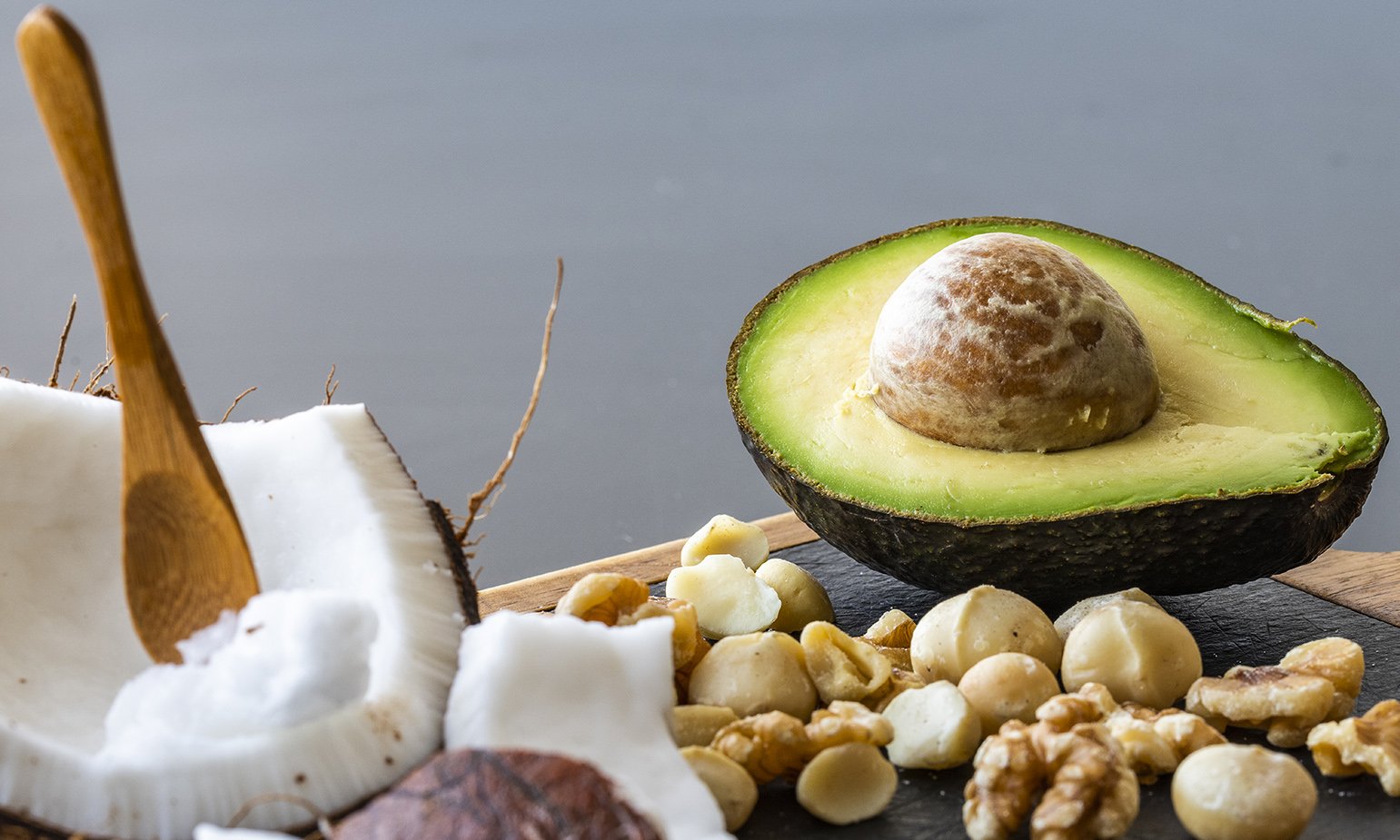



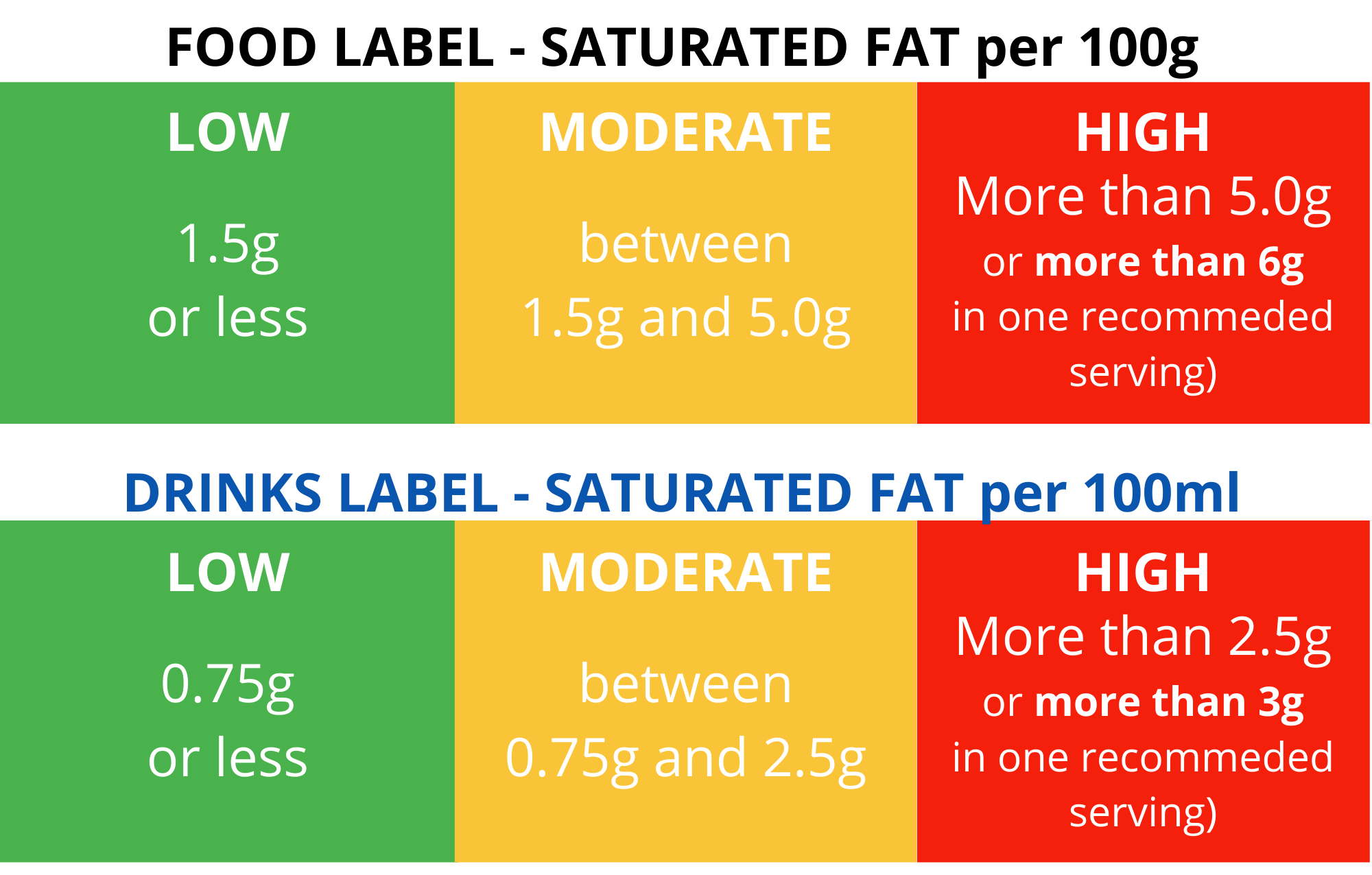






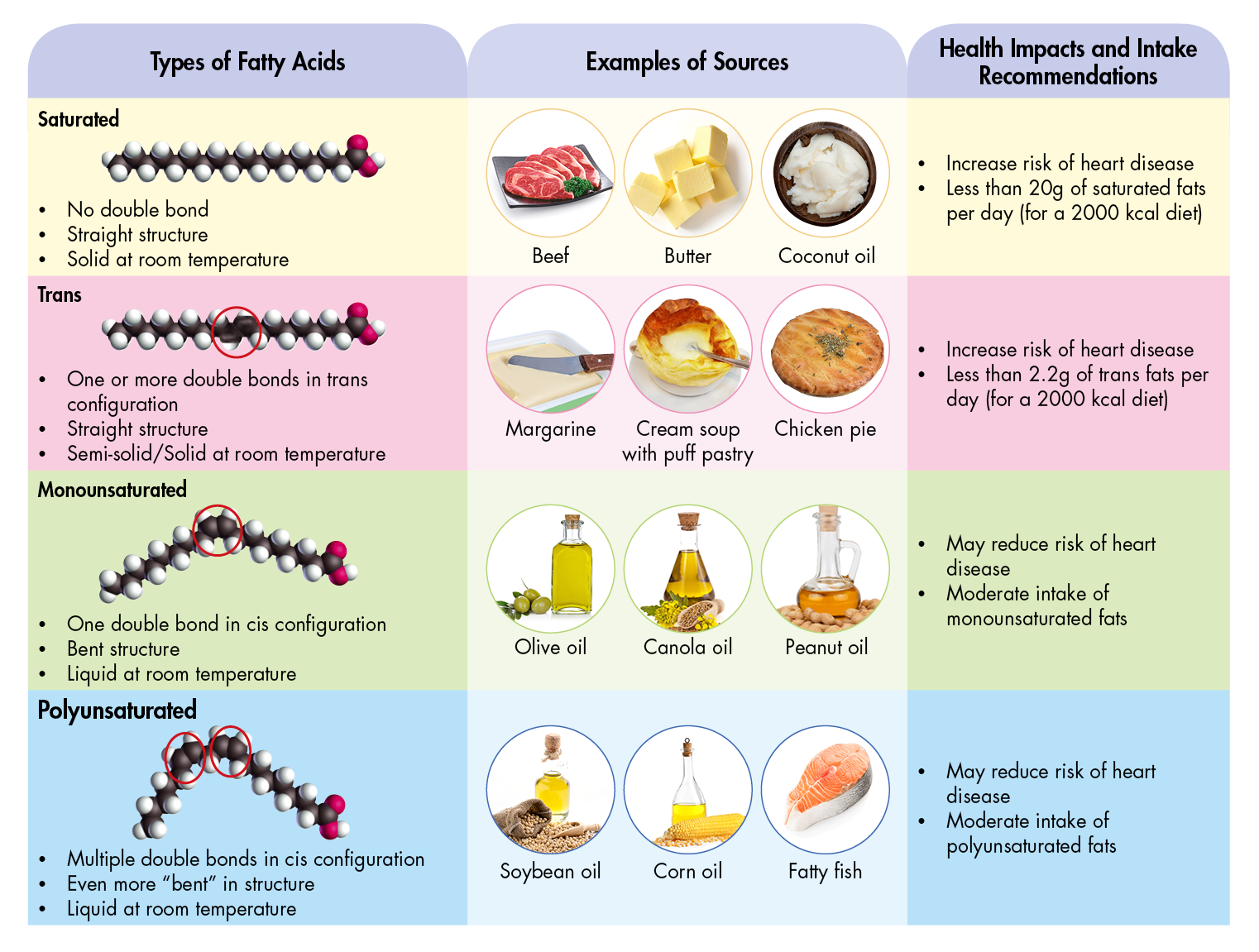


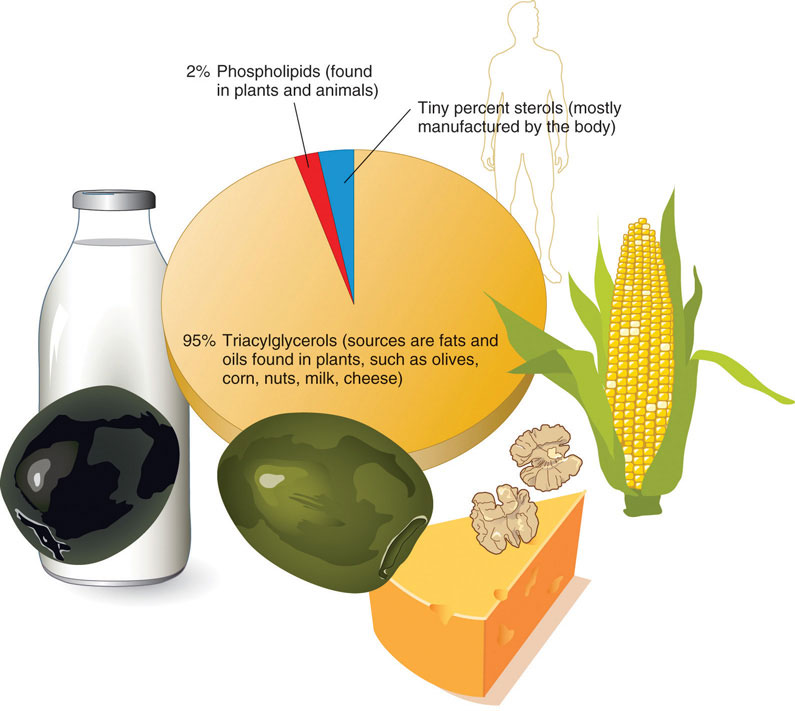
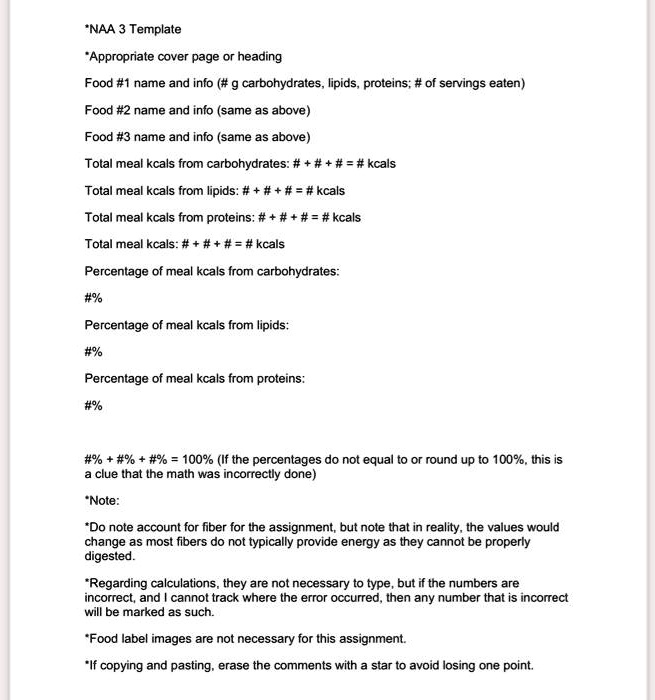
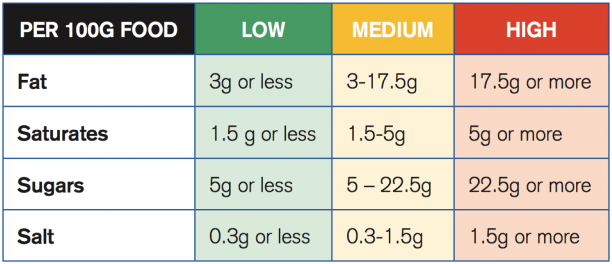
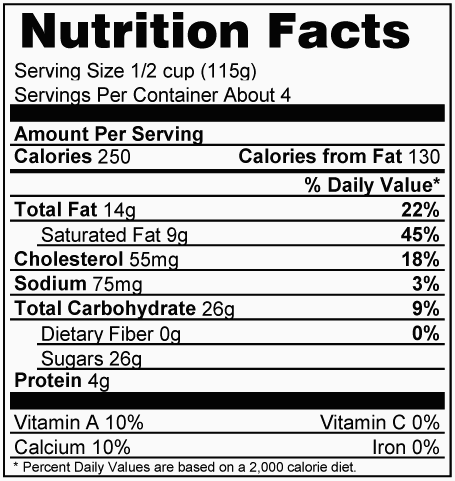




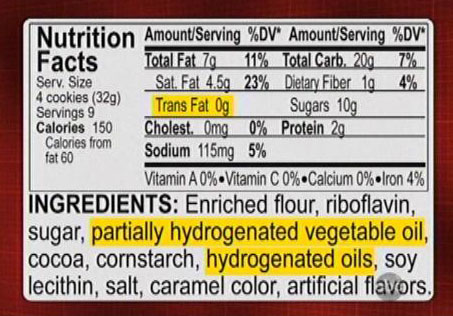





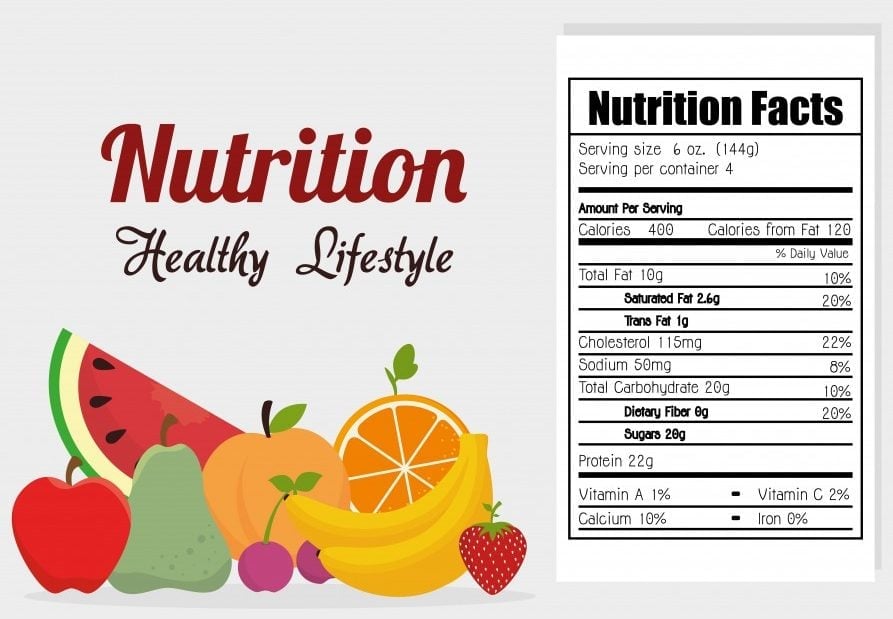


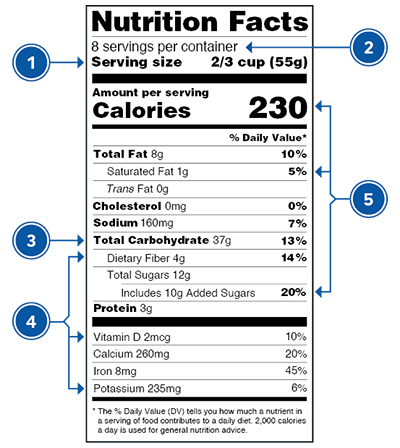


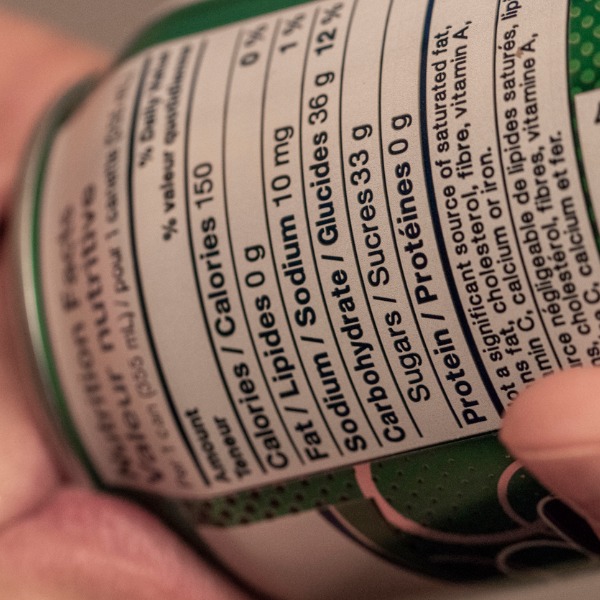

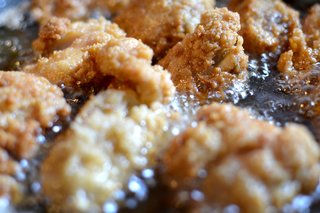
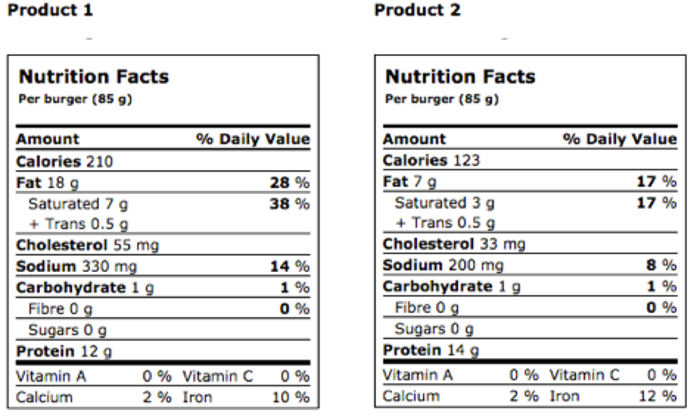

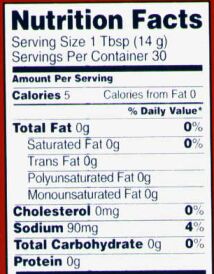
Post a Comment for "45 lipids on food labels"